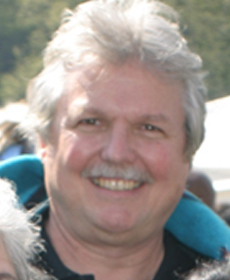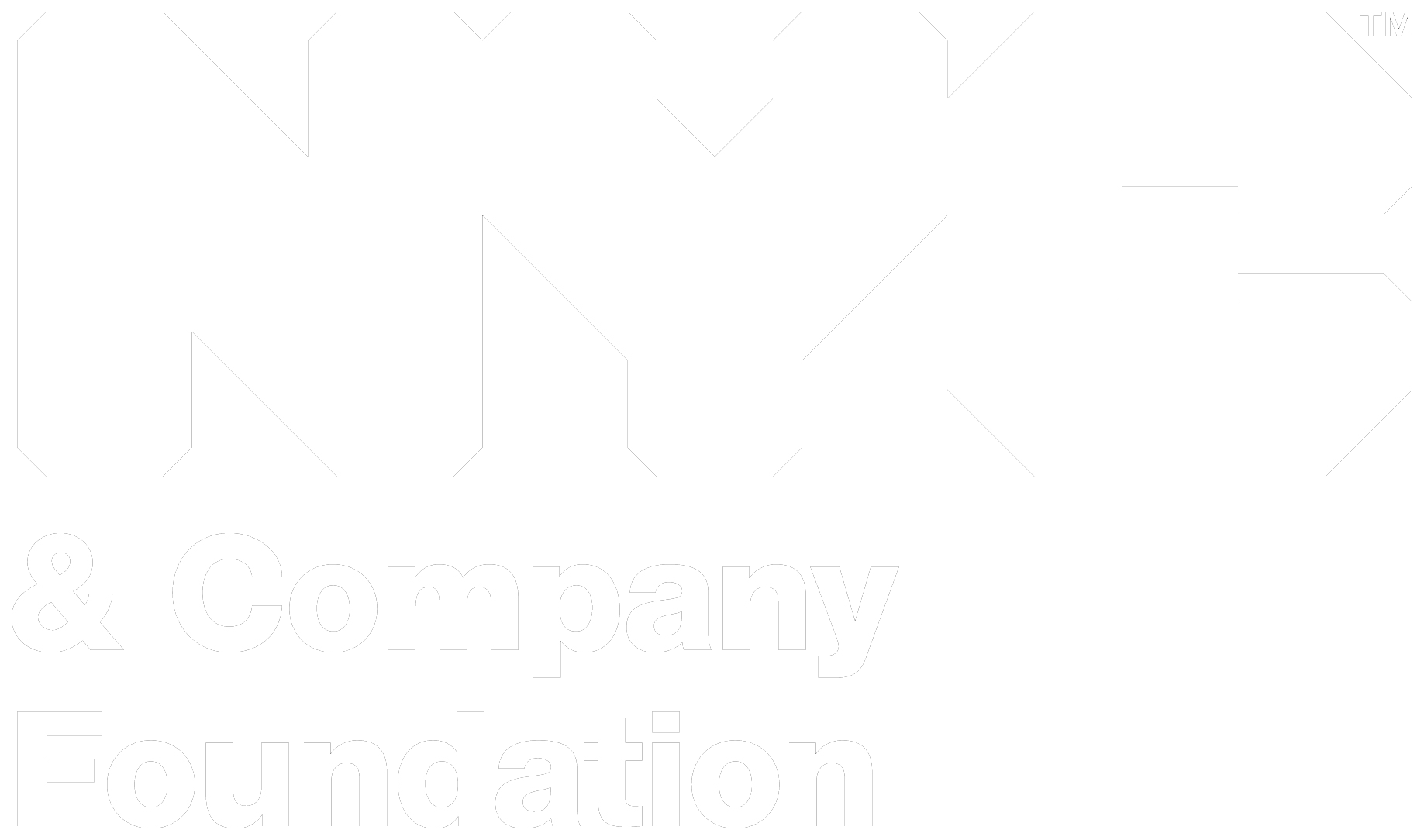
Since 1986, Clay Hiles has been the Executive Director of the Hudson River Foundation for Science and Environmental Research. The mission of the Hudson River Foundation (HRF) is to make science integral to decision-making with regard to the Hudson River and its watershed and to support competent stewardship of the River and its watershed.
This purpose is pursued through support of scientific research; communication to expand knowledge about the river among the scientific community, policy makers, and the public at large; initiatives to enhance management of the Hudson ecosystem; and education about the River and physical improvements to the riverfront.
The Foundation was established in 1981 under the terms of an agreement among environmental groups, government regulatory agencies, and utility companies seeking the constructive resolution of a long series of legal controversies concerning the environmental impacts of power plants on the Hudson River. Its principal endowment, the Hudson River Fund, was created in recognition of the critical need for an independent institution to sponsor scientific research and education programs that would contribute to the development of sound public policy concerning the River's ecosystem. The Fund has enabled the Foundation to award nearly 500 grants totaling approximately $30 million through 2004.
In addition, HRF has developed a significant internal program designed to bring scientific understanding to bear on public policy. This function, which includes an internal research program, addresses the interface between science and management of the Hudson’s ecological resources. Most of the internal program is linked to two major, well-established management initiatives, the federally sponsored New York/ New Jersey Harbor Estuary Program (HEP) focused on the lower River, New York Harbor, and the New York Bight, and the New York State Hudson River Estuary Management Program (HREMP), which is primarily concerned with the rest of the estuary. Both programs have produced final management strategies that are now in the implementation phase.
HRF's mission was enhanced in 1985 by the establishment of the Hudson River Improvement Fund (HRIF) within the Foundation through an agreement with New York State which provided the initial HRIF endowment of $1.5 million. HRIF’s purpose is to support projects (especially those requiring capital construction, development, or improvement) to enhance public use and enjoyment of the River's natural, scenic and cultural resources. Since its inception, the Improvement Fund has awarded nearly 500 grants totaling more than $4.5 million.
At the end of 1994, the Foundation established a third fund, the New York City Environmental Fund (NYCEF), to foster "restoration, care, public enjoyment of, and education about New York City's natural resources." An initial endowment of $5 million was provided by the Consolidated Edison Company under the terms of an agreement resolving a series of natural resources damage claims by the New York State Department of Environmental Conservation. To date, NYCEF has awarded over 500 grants, totaling more than $7.0 million.
Since his graduation from Yale College and Columbia University School of Law, Clay’s professional career and civic activities have been committed to protection of the environment and the advancement of civil rights.
Clay has worked on voting rights litigation for the National Lawyers Committee for Civil Rights Under Law, the development of legal services programs for working people at District Council 37 in New York City, and prisoners’ rights litigation at the Legal Aid Society of New York. From 1979 to 1986, he was Executive Director of the New York City Criminal Justice Agency. He has served as President of the Hudson River Sloop Clearwater and on the boards of numerous other organizations concerned with the environment and social justice. He is the past Chairman of The Correctional Association of New York and the Osborne Association. For more information, please visit: http://www.hudsonriver.org.







